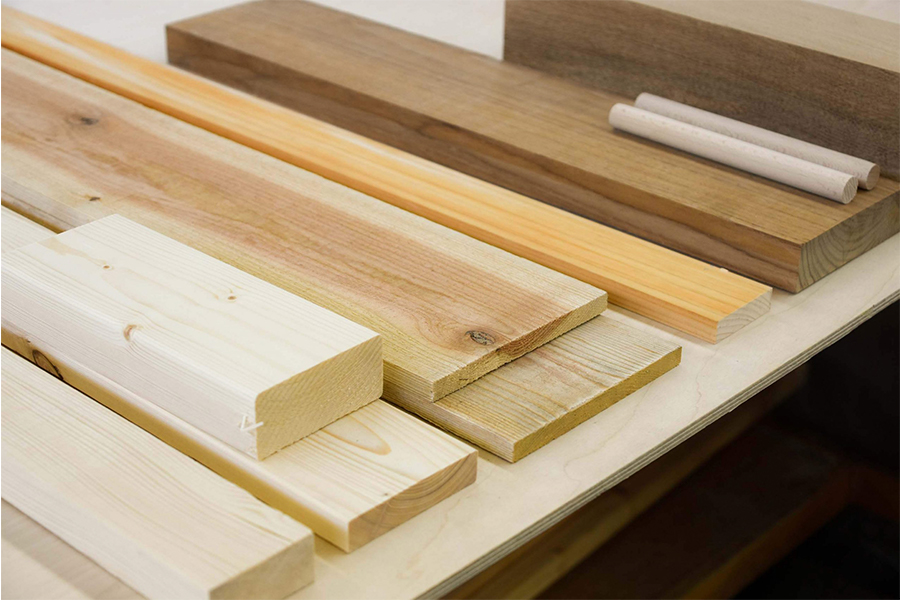A British Sports Car Startup’s New Tease
Caton, a new British coachbuilding startup, released a teaser image of a sports car it intends to reveal April 13, ahead of its display at the Salon Privé in London later this month.
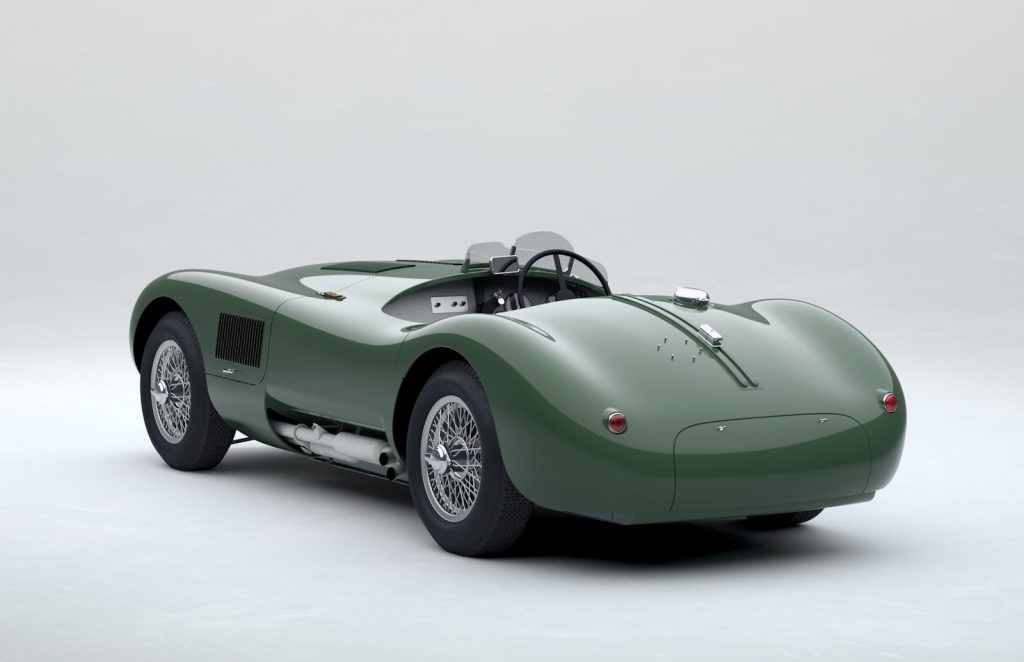
The Coventry, U.K.-based company is part of Envisage Group, established in 2009 as a bespoke engineering services company for OEMs and product manufacturers. Translated, that means the company builds one-off concepts and limited-edition vehicles for automakers, its most notable being Jaguar’s D-Type and XK-SS Continuation series.
“We are very much specialists in supporting design realization, whether it’s exterior or interior. We have executed projects before where we have provided mechanicals, but we don’t necessarily position ourselves in that space,” said Envisage CEO Tim Strafford.
Caton, Britain’s newest automotive marque

With the company’s newest undertaking, Caton promises to capitalize on its adept automotive mimicry as it attempts to reincarnate automotive icons with modern technology.
In other words, restomods.
Caton’s design approach is to imagine what a vehicle’s original creators would have done if they had the latest technology. The new venture will “stand on its own, as a specialist brand, inspired by precision engineering,” according to Strafford.
“Caton’s ethos goes beyond merely that of reimagining. It is a case of purification and modernization,” Strafford said. “Its ethos is one of reincarnation. It will take loved and cherished cars and objects from the past and improve upon them using new materials and manufacturing processes.”
But instead of offering its services to businesses as it has in the past as Envisage, Caton will sell to customers.
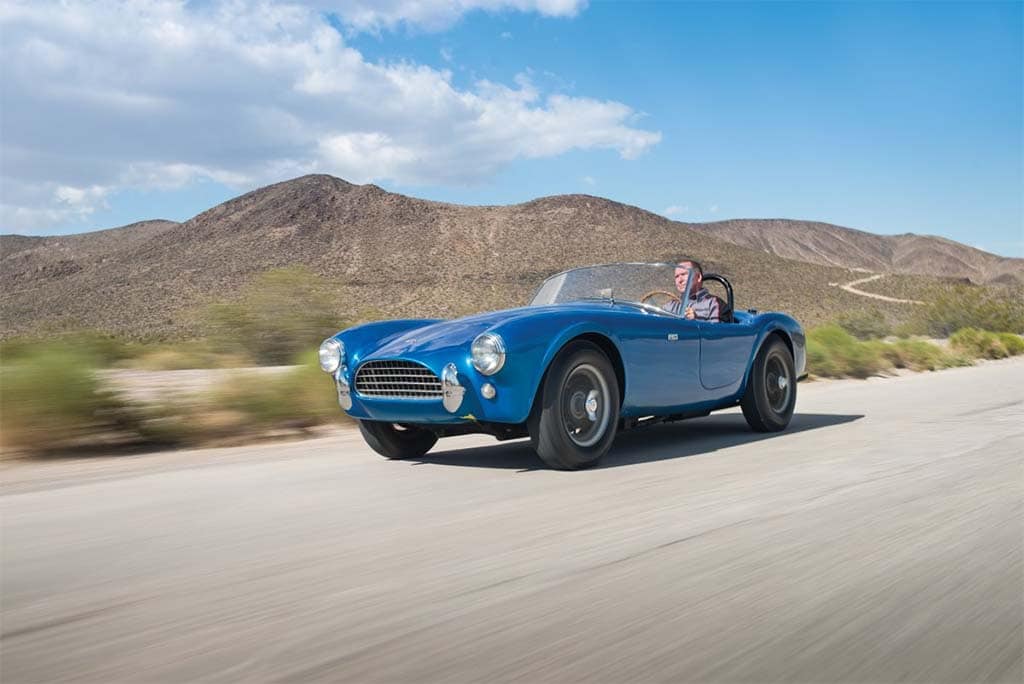
What’s in store from Caton
For Caton’s first project, the company is working on its interpretation on an unnamed iconic British two-seat, ’50s sports car. Caton partnered with an automotive restoration company that traces its roots back to the company that produced Caton’s car in period.
The company developed the car by creating a full digital model of the car’s body through the use of Computer Numerical Control (CNC) machines to create the tooling. Such modern techniques doesn’t preclude Caton from also using English wheels to hand form the car’s aluminum panels.
The photo released by Caton shows a sports car silhouette that recalls the AC Ace, a British roadster that became the AC Cobra after Carroll Shelby stuffed Ford’s venerable 289 V-8 under its hood. Whether that’s the car revealed next week is uncertain.
What is known is vague, yet specific, with interiors that promise “design enhancements are combined with the intelligent integration of modern technology,” although Caton also says it has “adhered rigidly to the original car’s DNA and the vision of those who built it in period.”
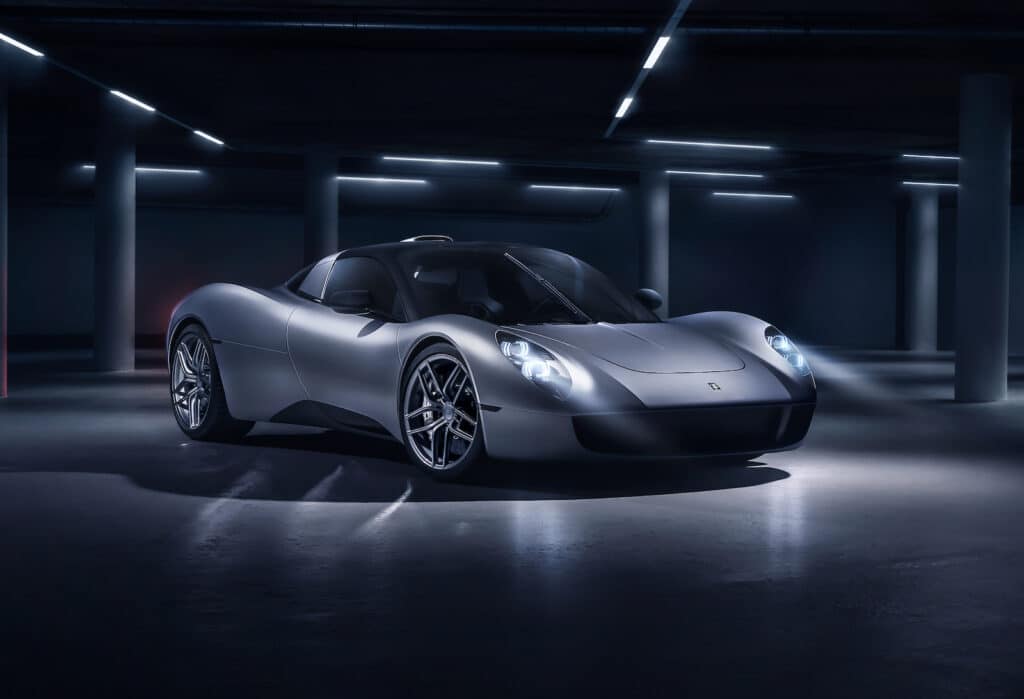
A growing sector in the U.K.
Caton joins other company’s in small-batch car manufacturing for the 1 percent.
One of the notable companies is Gordon Murray Automotive, established by Gordon Murray, who designed the McLaren F1. His new company produced 100 copies of the T.50 hypercar, powered by a naturally aspirated Cosworth 3.9-liter V-12 mounted mid-ship and mated to a 6-speed manual gearbox.
It generates 654 horsepower in a car that weighs 2,174 pounds. While the company didn’t reveal the T.50’s top speed, it did say the V-12 redlines at 12,100 rpm. Each T.50 cost $3 million, and all are sold out.
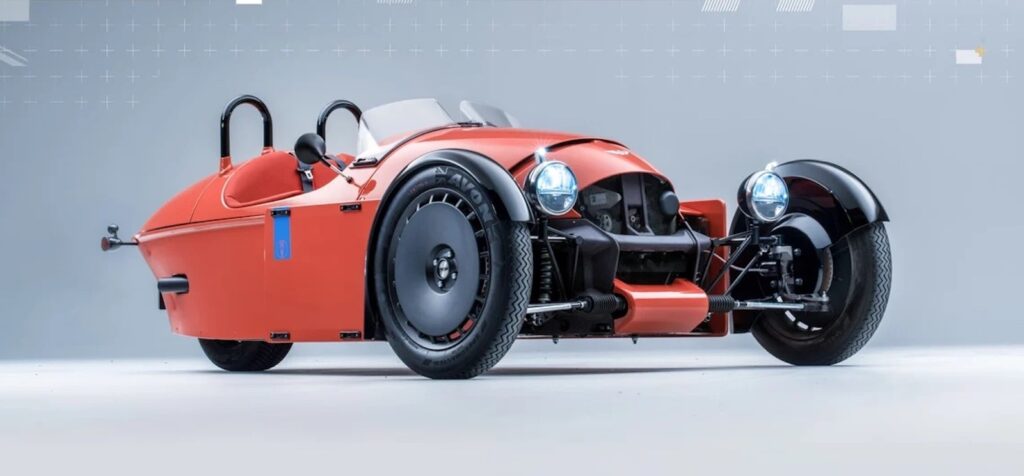
More recently, the company announced the launch of the T.33 Coupe, which sold out in a little more than week after its reveal at a cost of $1.8 million each. The company plans to build 100 T.33 supercars, but the first ones won’t be built until 2024. Using a newly developed carbon and aluminum super-lightweight architecture, it uses a reconfigured version of the T.50’s 3.9-liter V12. The automaker is targeting a weight of less than 1,100 kg, or 2,425 pounds.
There are other boutique manufacturers as well, the longest lived being the Morgan Motor Co.
Founded in 1909, the Malvern, U.K.-based automaker produces about 800 cars annually. Famous for producing cars with classic British sports car styling, it’s a company that belies trends. In fact, the company’s steel chassis, introduced in 1936, was produced until 2020, the making it the longest running production car architecture in the world.
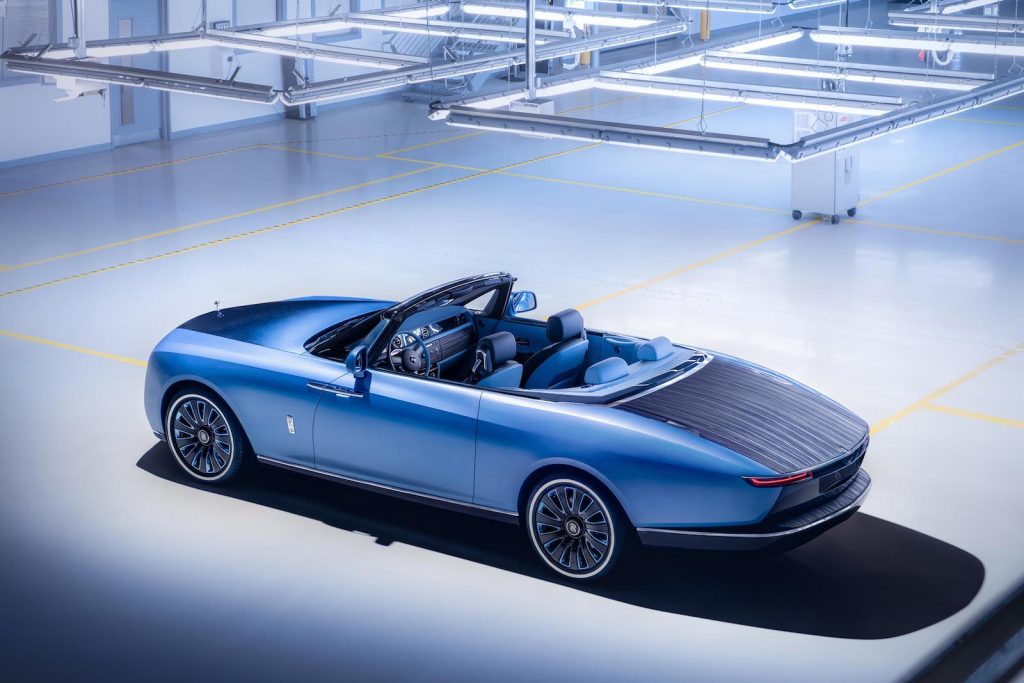
The company now uses a bonded-aluminum platform that was introduced on the Morgan Plus Six in 2019. The Plus Six is powered by a BMW 335-horsepower 3.0-liter turbocharged inline 6-cylinder engine mated to an 8-speed automatic transmission.
In 2020, the Plus Four arrived using the same platform, but employing 255 bhp 2.0-liter turbocharged 4 with either a 6-speed manual transmission or the 8-speed automatic. Morgan is also making a modern version of its famous three-wheeler, dubbed the Super 3. Scheduled to reach British showrooms in June 2022, it’s powered by Ford’s 1.5-liter three-cylinder engine and priced from £41,995, or $54,935.55.
Larger companies join the trend
But it’s not merely small manufacturers who are joining the small batch car craze.
In May 2021, Rolls-Royce announced the creation of Rolls-Royce Coachbuild, a service that allows customers to commission bespoke car design using the architecture that underpins the Phantom, Cullinan, and Ghost, but using more than 1,800 new pieces for each vehicle. The new venture revives custom coachbuilding that was common prior to World War II. For the company, the return of custom coachbuilding is a historic milestone, and one the helps re-establish the British auto industry’s once-renowned craftsmanship, one also being fostered by Caton.




